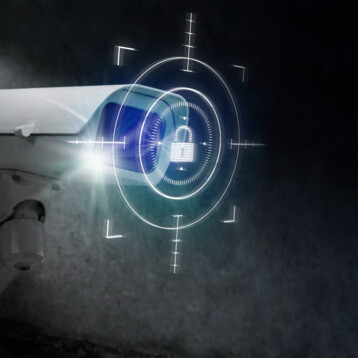One of the primary tasks the Terrascout sets to accomplish is driving a path supplied from a remote base. An autonomous navigation system was installed and currently is being developed to localize itself on a commanded path supplied by an operator and drive that path. One of the many considerations is the operating area of the vehicle, which could be multiple miles in diameter; moreover, it may include mountainous or wooded areas. As such, the commanded paths are susceptible to terrain changes, like rock slides or overgrown vegetation. The navigation system must be able to detect obstacles along the commanded path and steer the vehicle to avoid them.
The vehicle mainly used, a modified Yamaha Grizzly all terrain vehicle (ATV), includes the designed autonomous navigation system. It can be operated remotely or the top and side panels can be removed to reveal a seat and handlebars for a driver. The Grizzly is equipped with police flashers, a siren, and a loudspeaker that is also integrated into the autonomous system. The main sensors, which provide the autonomy needed, are two laser range detectors for obstacle detection and an Applanix INS/GPS system for vehicle localization.
Another unit involved in the project is the Kodiak robot. It was used during the conduction of a series of experiments designed to improve the abilities of tracking a path and detecting and avoiding obstacles during the spring of 2007. The vehicle logged over 100 kilometers of autonomous driving with the navigation system achieving a successful obstacle avoidance rate of over 95%. Moreover, another impressive accomplishment is the vehicle’s ability to avoid collision; when it wasn’t able to avoid an obstacle it stopped in front of it rather than colliding. This video demonstrates the Kodiak’s behavior when encountering a wide obstacle during a slalom scenario.
During the design an algorithm was used, called Dodger, to control the strength of attraction to the goal and repulsion from obstacles. Combined with the unit’s learning ability, the behavior of the system was tested using different parameter sets. By running a series of obstacle avoidance scenarios with varying complexity settings, the autonomous system learned how to improve its avoidance skills. In fact, the self-learning algorithm set a significantly better overall successful collision avoidance rate of 92% – much better than the 65% success rate achieved using the hand-tuned setting.
TFOT has also covered the successful trial flight of a new autonomous surveillance airship, the L15, made by the Nevada based company Airship Surveillance, and the TCUAV, an Israeli development which is a UAV with surveillance capabilities. Other related TFOT stories include the MAARS, a new combat robot designed to engage in combat against terrorists without risking soldiers’ lives, and the development of an algorithm which could be employed in the practice of utilizing robots in a variety of military missions, made at the Bar Ilan University in Israel.
For more information on the Terrascout Autonomous Patrol project, see its website.










